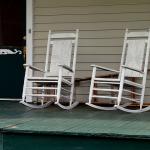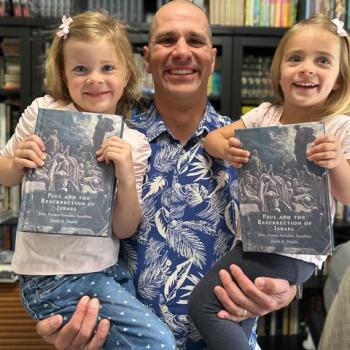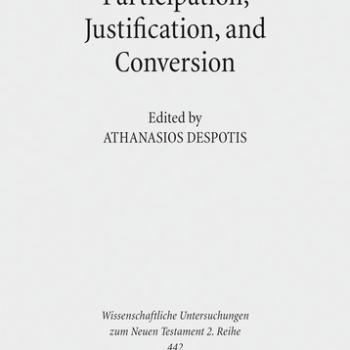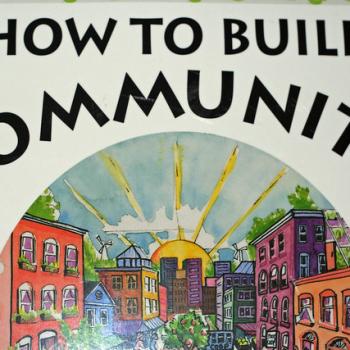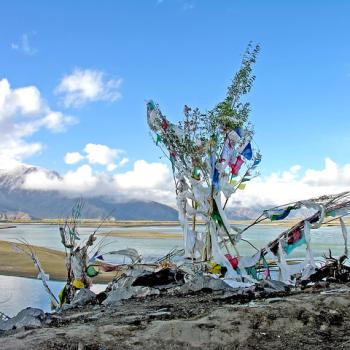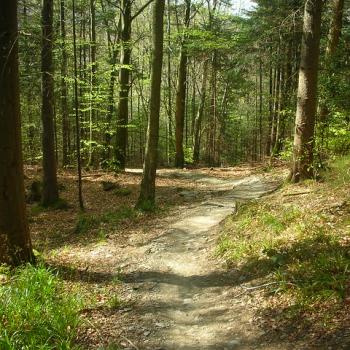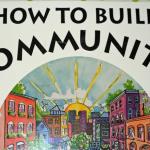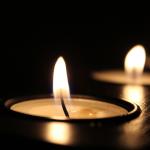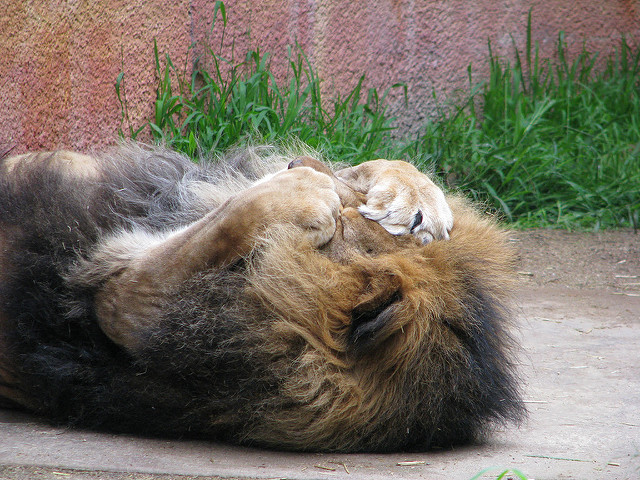
Setting Aside Our Fear
Our fear keeps us awake at night. It holds us back from even trying to do what we hope to accomplish.
Fear eats away at us, robbing us of who we have the potential to become. It can steal our closest relationships and our most cherished dreams.
We have known fear since before we can remember. We may have been, or be, afraid of the dark, afraid of being our true selves, afraid of failing. Some of us are afraid and fed up with being afraid.
People try to live with fear. Nations and governments turn fear into public policy. We try to overcome our fear by imposing it on other people.
Just when we think we have dealt with one of our fears several more grow in its place.
Some fear is inherited, passed down from generation to generation. Other fear we create all on our own.
Fear is debilitating. It keeps us from being honest, from finding our potential.
Our fear drains the life out of us. In the famous words of one novel, Fear is the mind killer. Fear is the little death which brings total obliteration.
We may refuse to admit it or even see it for ourselves. Fear is what we face when we are alone.
Our fear punishes us for even thinking about resisting its power over us. It can become a tyrant which controls us and forces us to obey its will. Just when we think we are making progress, setting aside our fear, it reasserts itself.
Fear is toxic to human beings. Fear is killing us.
What can we do about our fear? Does spiritual life have anything to do with our fear?
How do we even begin setting aside our fear?
Why Are We Afraid?
A few years ago I wrote about giving up fear for Lent.
Our relationship to fear is basic and common to all of us. Fear is how we respond to a hostile environment we do not understand. Being afraid is part of the instincts which have helped us survive.
We feel fear before we even realize it.
Fear is reasonable when we live surrounded by strong predators who would like to eat us. Life is full of life-threatening challenges and being afraid helps us stay alive.
Many of us live different lives now. Our lives may not be as threatened each day. We may be more comfortable, more secure in our surroundings. Our fear remains with us.
Fear is our unconscious, automatic response when we feel threatened.
The challenge for us is when we feel a fear response disproportionate to the threat we face. Our fear may overcome us and assert itself in our lives when it is not helpful. How can we learn to let go of our fears, and get them to let go of us?
What can we do to start setting aside our fear?
Part of our difficulty is our fear prompts us to act. Deep within us we have a choice to make. Fear motivates us to prepare either to run away or to stand and fight.
Fear deep within us sparks our response of either fleeing or fighting.
Our fear, and our responses, are not conscious decisions on our part. We respond without really thinking about what we are doing.
We begin setting aside our fear when we start to pay attention and make our own choices.
Looking to see what has sparked it is our first step toward setting aside our fear.
Finding Where Our Fear Begins
Fear often begins with something we do not understand or cannot control. We cannot see what happens in the dark and we fear it. The way certain animals look makes us feel uncomfortable and we are afraid of them.
Some situations, or people, are difficult to predict and we fear them.
There are people and situations outside our control. We are probably not able to avoid them completely. It may be impossible for us to resist them. Neither flight nor fight always works in every instance.
The key to setting aside our fear is understanding what makes us afraid and why it does.
Not all our fears are unconscious or irrational. There are things it makes sense for us to fear. Our challenge is we depend on fear and our responses to it almost exclusively. Our minds begin to generate situations in which we might be afraid, things we might fear.
We need to give ourselves opportunities for setting aside our fear.
Fear happen to us quickly. It would help us if we could slow the process down and give ourselves time to think.
I encourage people to pay attention and recognize when, and why, they start to fear. We can interrupt our fear and response process long enough to see what is happening to us.
Some people pause their fear by taking deep breaths. Other people pray and center their thinking on Sacred truth. Putting fear in the context of spiritual life helps us see it differently.
We can start setting our fear aside by relying on spiritual life before fear takes hold in us.
Breaking the Power of Fear
We cannot decide we will never be afraid. Running away is not always an effective way for us to deal with our fear. It is unlikely we are able to stand and fight everything which makes us feel afraid.
Our fear is a deeper, more essential part of who we are. The ability to experience fear is a crucial skill for us to have which can keep us alive.
We break the power fear has over us by understanding and changing how we relate to fear.
It is more difficult for us to make wise decisions when fear is telling us what to do. As we start setting aside our fear we become more able to learn the lessons it has for us.
When does fear most often take hold of you?
How do we see ourselves setting aside our fear this week?
[Image by Rennett Stowe]
Greg Richardson is a spiritual life mentor and leadership coach in Southern California. He is a recovering attorney and university professor, and a lay Oblate with New Camaldoli Hermitage near Big Sur, California. Greg’s website is StrategicMonk.com, and his email address is StrategicMonk@gmail.com.



